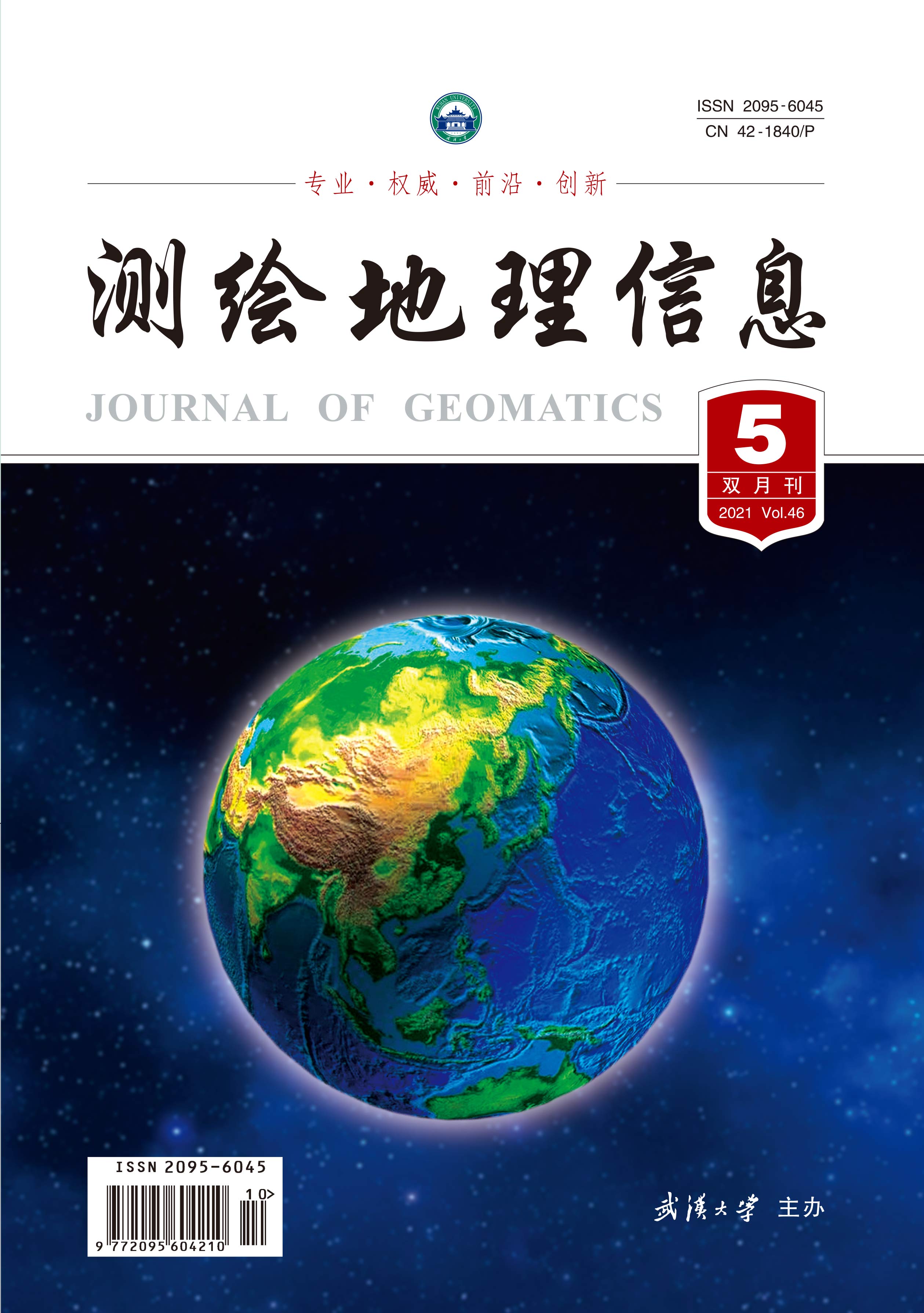Study of CNN deep learning model for temporal remote sensing data processing to map rabi crops
Q4 Computer Science
引用次数: 0
Abstract
Convolution Neural Network (CNN) is a deep learning approach that has become an area of interest to the researchers for solving complex problems. With the evaluation of CNN, extraction of deep features for accurate classification of remotely sensed images has gained lot of momentum. This research work uses CNN deep learning model for mapping rabi crops (mustard and wheat) using temporal remote sensing data. The mappings of mustard and wheat crops have been conducted using multispectral temporal images obtained from Sentinel 2A/2B between the dates 1st Nov 2019 and 24th Feb 2020 of Banasthali, Rajasthan region. The CNN model created in this research work uses several layers along with 5 activation functions (relu, sigmoid, tanh, elu and selu) for finding out which activation function gave the best result for the proposed study. Batch size has been examined from 1 to 50 in the multiple of 5 and epochs have been tested from 1 to 10 for a training data of 200 samples for each class. The optimal value with a batch size of 5 and epochs of 30 has been calculated as best suited in this study as the accuracy was getting constant. The implementation of CNN model for classification shows better results as compared to the traditional approach as the CNN algorithms are learning algorithms. This also helps in handling the heterogeneity within a class. A comparison has been conducted using Modified Possibilistic c-Means (MPCM) fuzzy algorithm for the classification of the same set of classes. F-Score, Kappa and Overall Accuracy have been calculated to show how the proposed approach has been outperformed and the level of classification accuracy achieved.CNN深度学习模型在时序遥感数据处理中的应用研究
卷积神经网络(CNN)是一种深度学习方法,已成为研究人员对解决复杂问题感兴趣的领域。随着CNN的评估,用于遥感图像精确分类的深层特征提取已经获得了很大的发展。这项研究工作使用CNN深度学习模型,利用时间遥感数据绘制拉比作物(芥菜和小麦)的地图。芥菜和小麦作物的映射是使用2019年11月1日至2020年2月24日期间从拉贾斯坦邦Banasthali地区的Sentinel 2A/2B获得的多光谱时间图像进行的。本研究工作中创建的CNN模型使用了几个层以及5个激活函数(relu、sigmoid、tanh、elu和selu)来找出哪种激活函数为所提出的研究提供了最佳结果。批次大小已经在5的倍数中从1到50进行了检查,并且对于每个类别的200个样本的训练数据,已经从1到10测试了时期。批次大小为5、历元为30的最佳值已被计算为最适合本研究的值,因为精度保持不变。由于CNN算法是学习算法,因此与传统方法相比,CNN模型的分类实现显示出更好的结果。这也有助于处理类中的异构性。使用改进的可能性c-均值(MPCM)模糊算法对同一类集的分类进行了比较。对F-Score、Kappa和总体准确度进行了计算,以显示所提出的方法的表现如何以及所达到的分类准确度水平。
本文章由计算机程序翻译,如有差异,请以英文原文为准。
求助全文
约1分钟内获得全文
求助全文
来源期刊

测绘地理信息
Earth and Planetary Sciences-Earth-Surface Processes
CiteScore
0.20
自引率
0.00%
发文量
4458
期刊介绍:
 求助内容:
求助内容: 应助结果提醒方式:
应助结果提醒方式:


